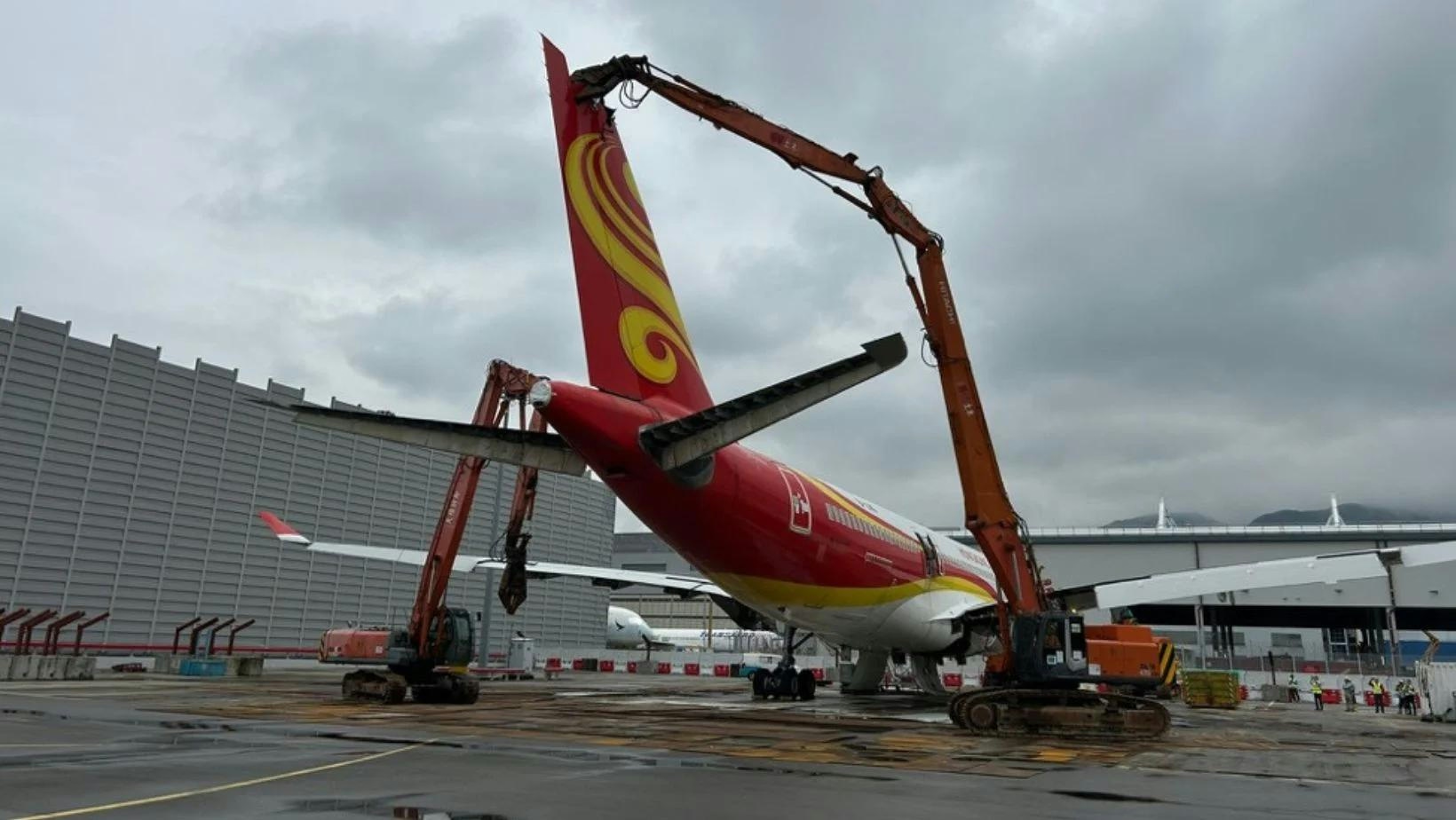
Correo más inteligente, negocios más rápidos. Etiqueta, analiza y responde automáticamente a solicitudes, cotizaciones, pedidos y más — al instante.
Tendencias
Inside Iran’s Aviation Industry Leadership
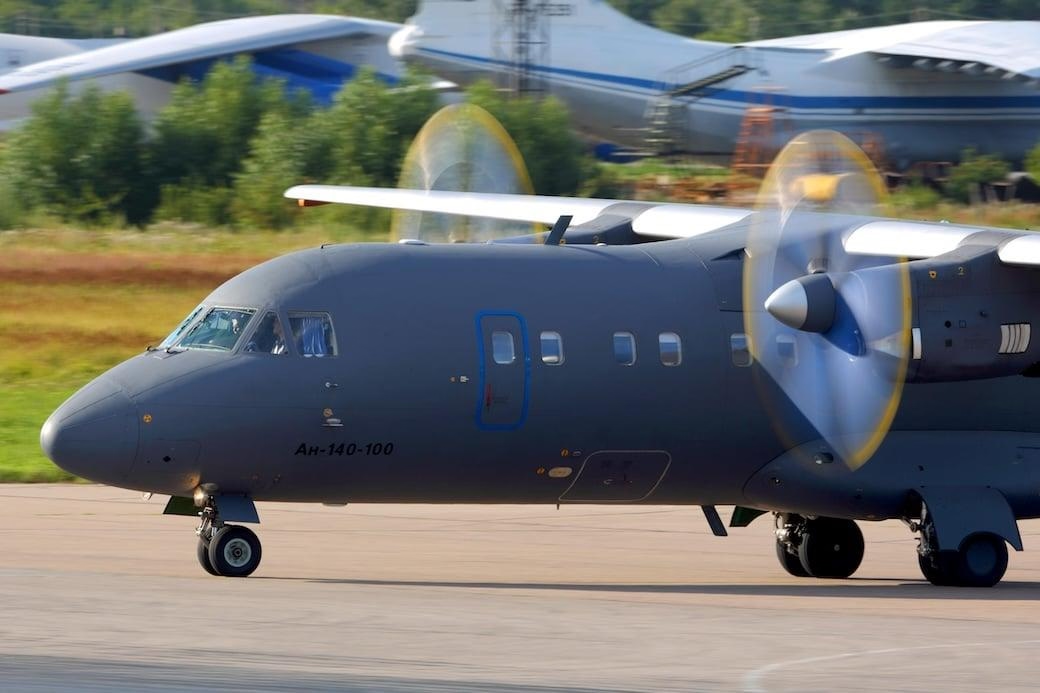
Inside Iran’s Aviation Industry Leadership
Encounter at the LAAD Exhibition
An unexpected encounter unfolded deep within Hall 4 of the Latin American Aerospace and Defense (LAAD) exhibition, where a prominent stand representing the Iranian Ministry of Defense showcased an array of indigenous military technology. The display featured models of missiles, drones, sensors, jet engines, and military trainer aircraft, highlighting Iran’s expanding footprint in South America. As I paused to examine the exhibit, a representative approached with a courteous inquiry about my identity. Upon revealing my press credentials from Aviation Week, he acknowledged the publication and invited me to engage in conversation.
Technical Insights and Industry Capabilities
During our exchange, the representative elaborated on Iran’s development of the Yasin, a subsonic jet trainer produced domestically. The jet engine on display was described as a reverse-engineered and enhanced version of the General Electric J85, which powers the Yasin. When I noted the presence of an afterburner, he clarified that the Yasin employs a non-afterburning variant, while the afterburning version is reserved for Iran’s F-5 derivatives, such as the Saeqeh. He further revealed that Iran’s production capacity for these engines is approximately a dozen units annually.
Our discussion extended to other models exhibited at the booth until the representative noticed a uniformed official entering a nearby meeting room. He then offered the opportunity to interview the director of Iran’s aviation industry, an offer I accepted without hesitation.
Exclusive Interview with Iran’s Aviation Industry Director
Shortly thereafter, I was seated in a private meeting room arranged with eight white armchairs in a horseshoe formation, facing A. Khajehfard, the head of Iran’s aviation industry. Having recently reported from Israel’s borders on the threat posed by Iranian missiles and drones, the encounter felt strikingly immediate and personal. Khajehfard’s presence underscored the complex interplay of geopolitics and defense technology shaping the region.
Strategic Context and Industry Resilience
Reflecting on the meeting, I recognized a missed opportunity to prepare by consulting the Stockholm International Peace Research Institute database, which documents Iran’s sustained engagement in South America’s arms market since the mid-2000s. These partnerships, forged with nations seeking to diversify their military capabilities, illustrate Iran’s broader ambitions to extend its influence beyond its traditional sphere.
Despite facing sanctions and operational challenges, Iran’s aviation industry has exhibited notable resilience and adaptability. This capacity to innovate under pressure has not gone unnoticed by competitors, who may study Iran’s strategies as they confront similar restrictions. The global defense market often responds by recalibrating, reflecting the enduring strength and ingenuity of industries operating in constrained environments.
In that meeting room at LAAD, the convergence of technology, geopolitics, and strategic resilience was unmistakable—an insight closely monitored by Iran’s aviation leadership and emblematic of the broader dynamics shaping international defense relations.
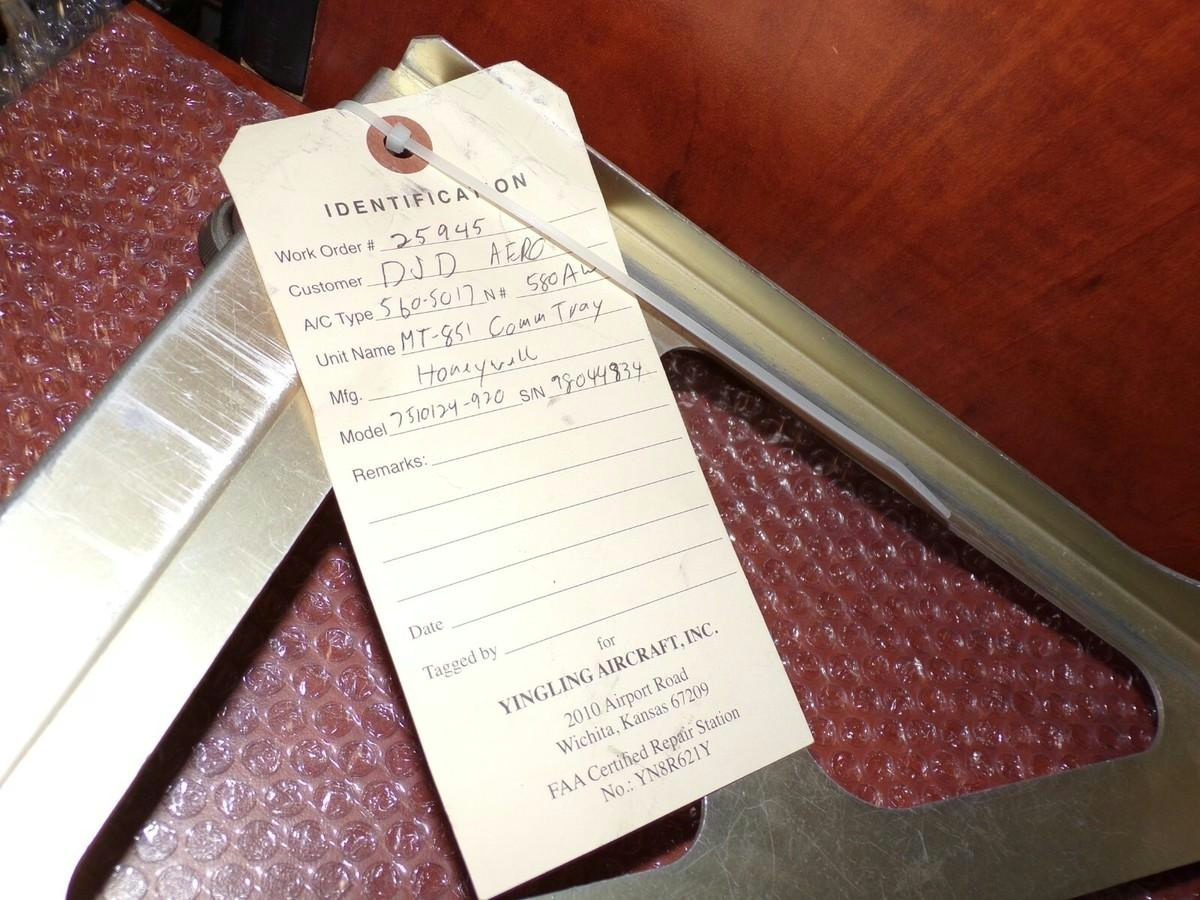
Yingling Aviation Named Authorized Honeywell Dealer
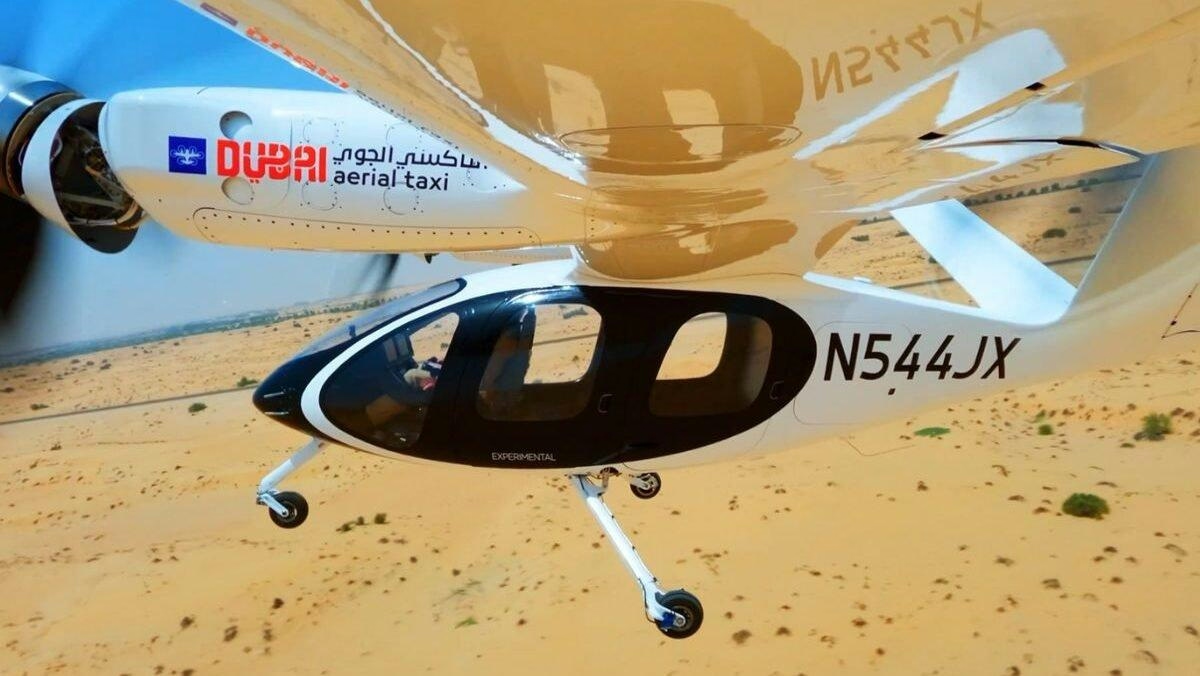
Does Joby Aviation's Milestone in Dubai Point Toward Further Growth?
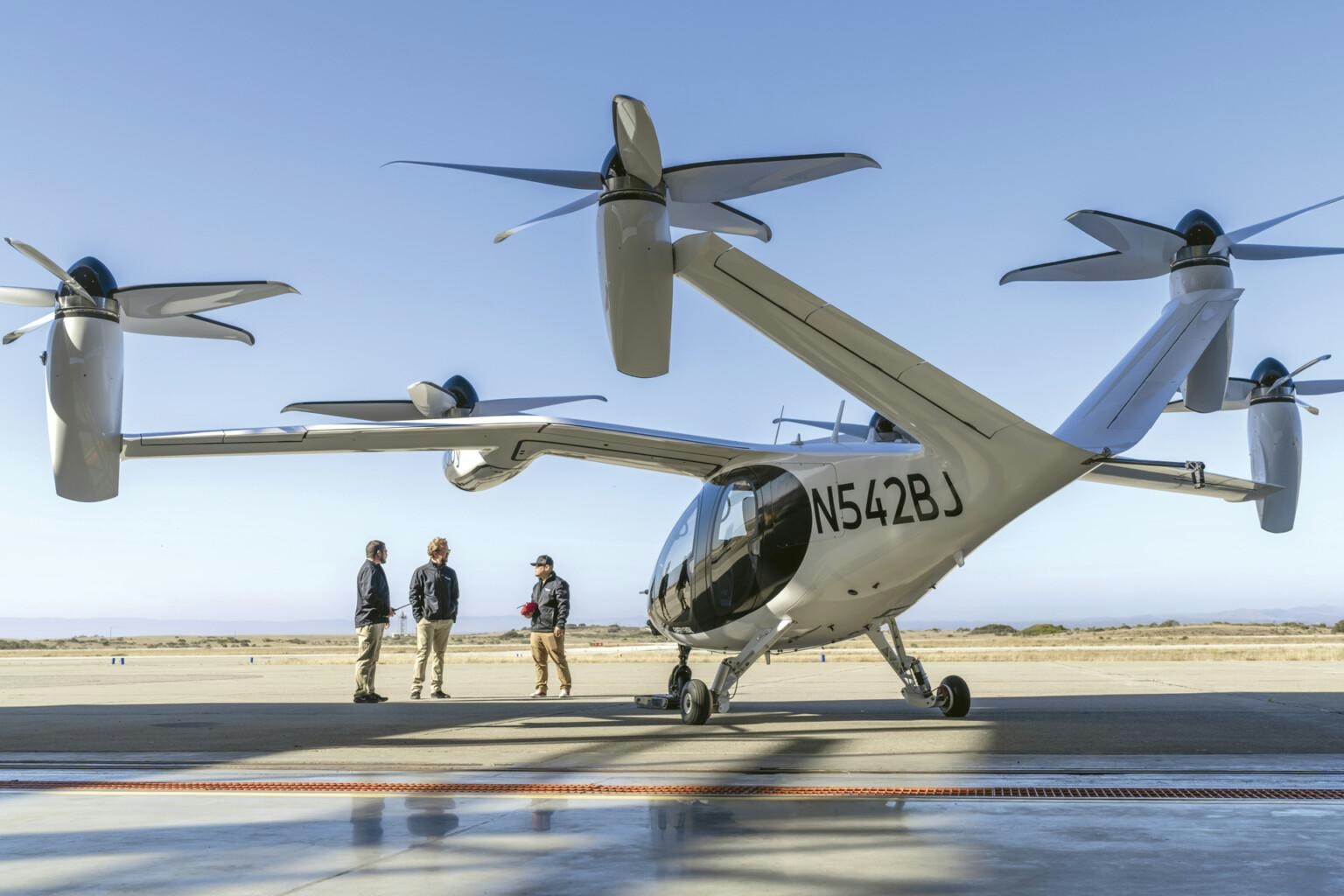
New Invention Promises to Eliminate Airplane Emissions in Country

Key Questions on Chinese Travel, AI, and Airlines Answered by Skift
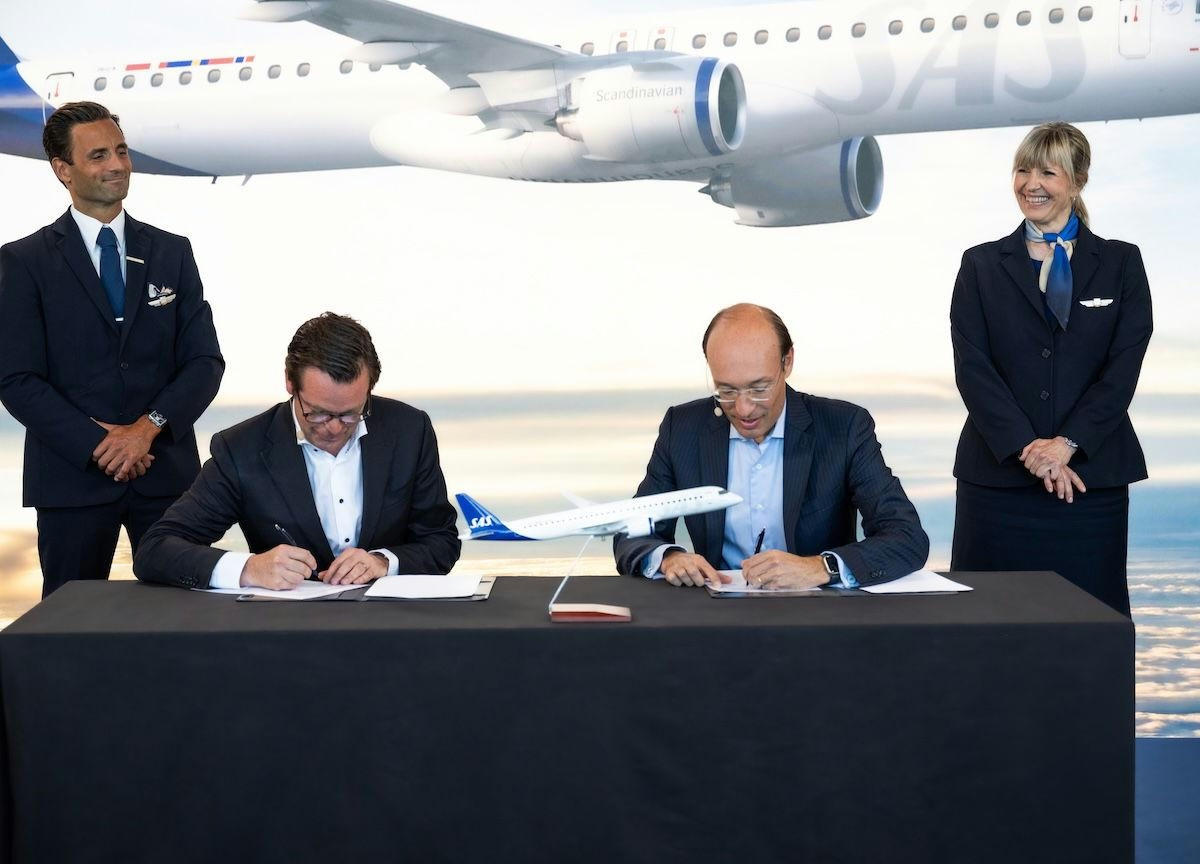
SAS Orders Up to 55 Embraer E195-E2 Jets
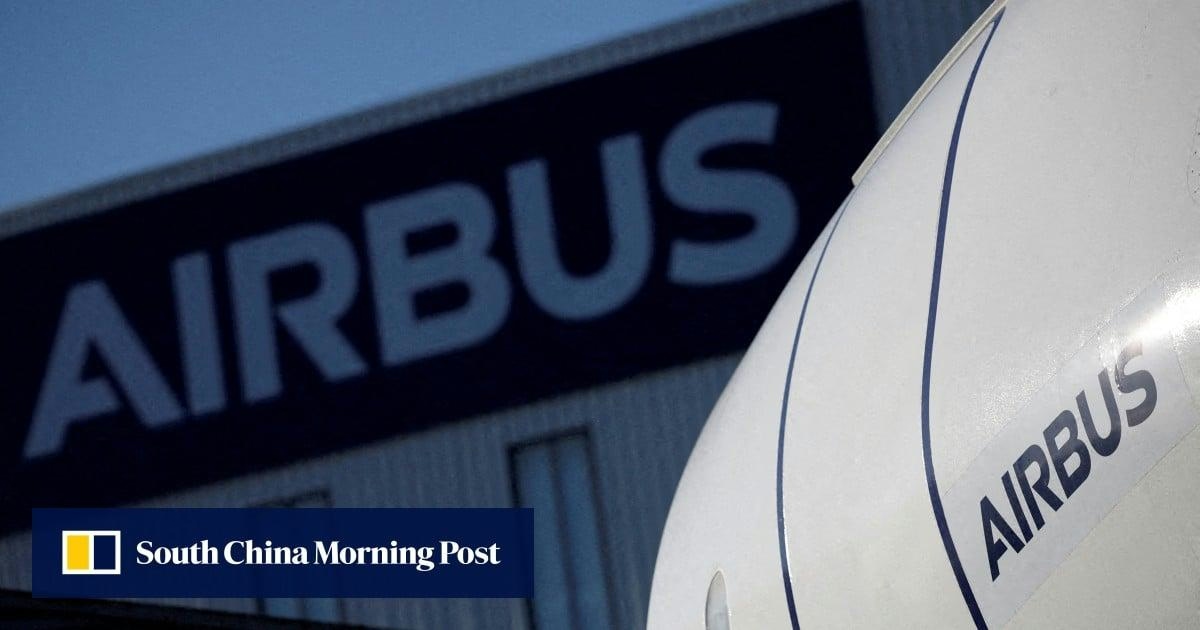
China edges closer to Airbus mega-deal, leaving Boeing out in the cold: analysts
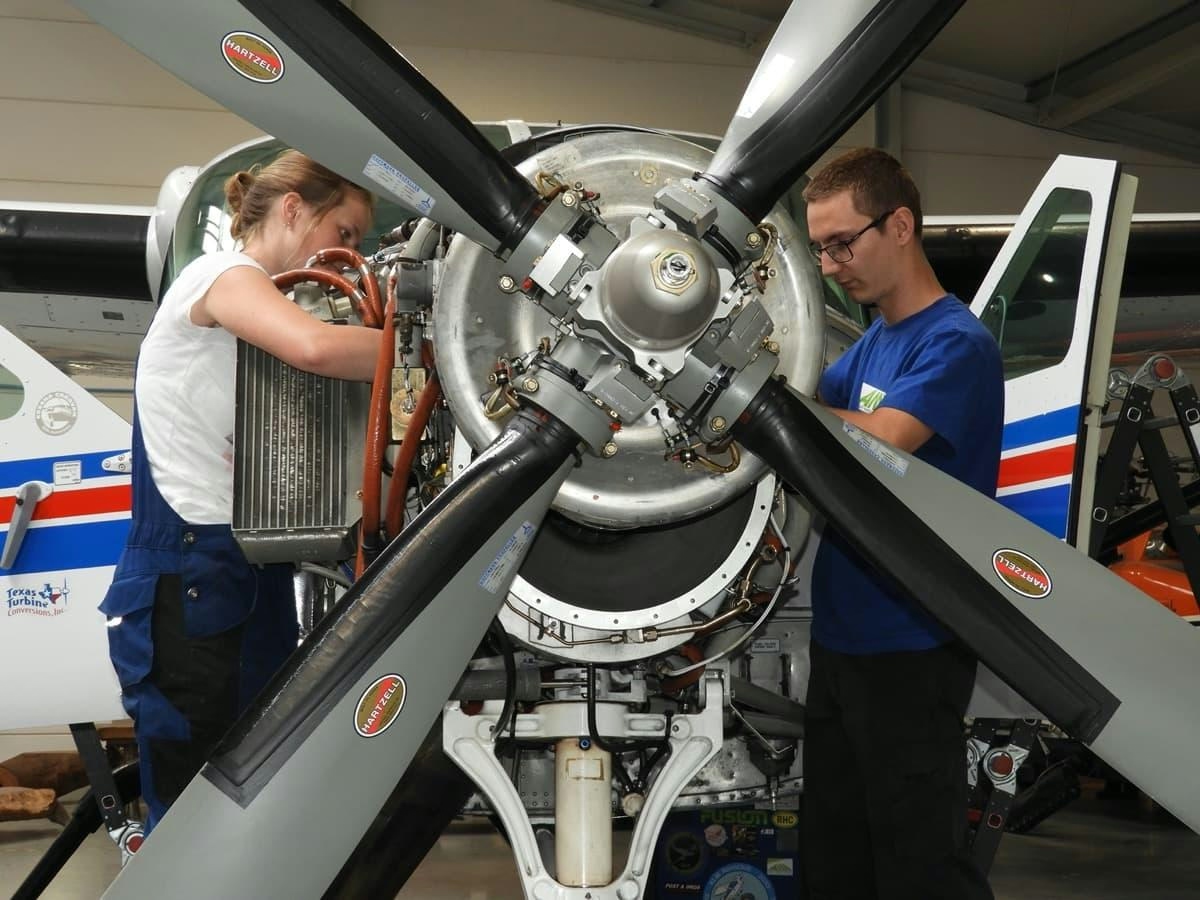
Rano Air Collaborates with Aviation Authorities to Investigate In-Flight Engine Malfunction

Portugal Hosts Aviation Pioneers at World Aviation Festival in Lisbon
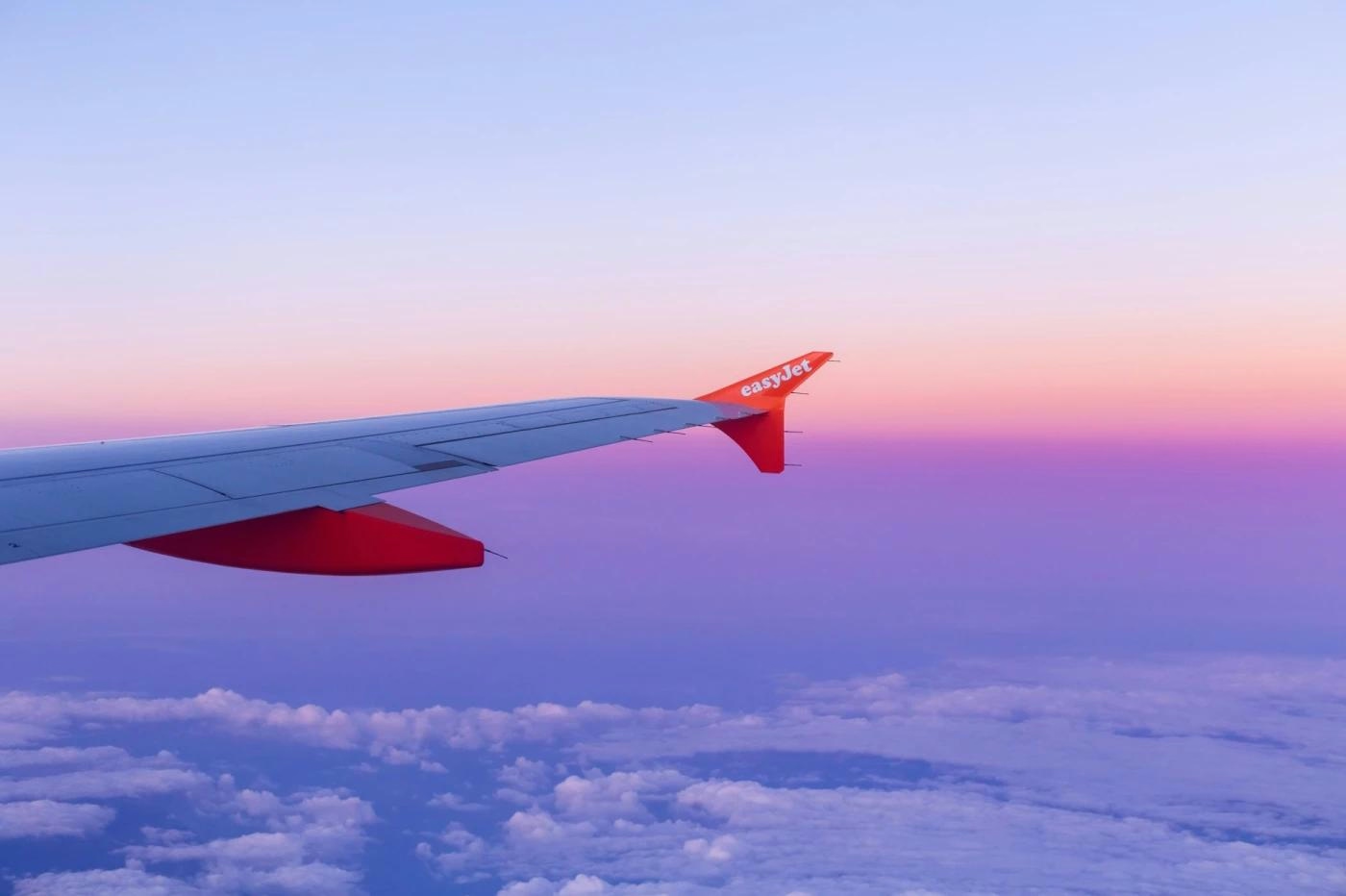
World Star Aviation Backs XMAL’s First Lease Deal with easyJet
